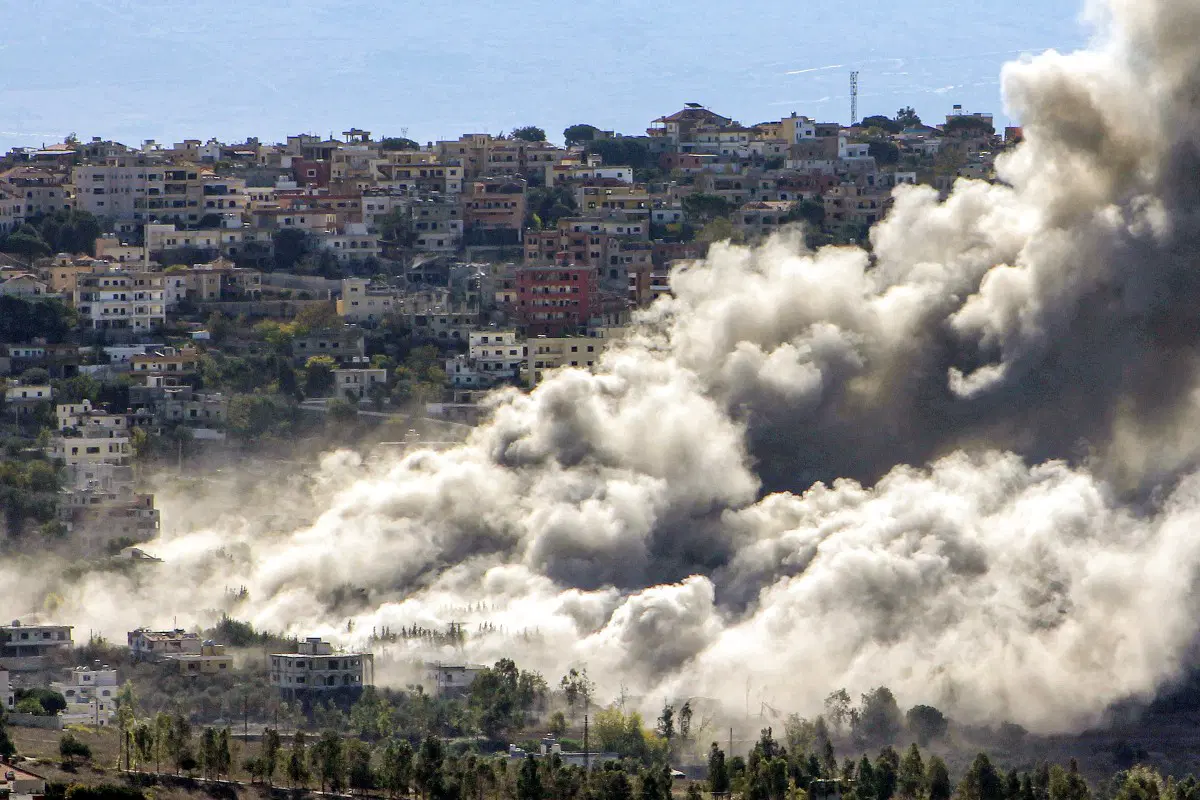Antony Blinken, the U.S. Secretary of State, stood firm as he addressed the ongoing crisis on Wednesday, stressing that “now is the time” to bring the conflict in Gaza to a close. His words carried urgency as he called on Israel to avoid further escalating tensions with Iran, particularly in light of the regional flare-ups.
The Israeli forces were entrenched in battles on multiple fronts, facing off against Iran-backed Hamas in Gaza and Hezbollah in Lebanon. Just days after Iran’s missile strike on October 1, Israel vowed to retaliate. As the air campaign intensified, Israeli jets launched a series of strikes on the southern Lebanese city of Tyre, leaving its residents in a state of panic.
AFP correspondents on the ground reported waves of airstrikes that shook Tyre, with thick black plumes of smoke rising over the Mediterranean. Before the strikes, the Israeli military had issued a stark warning to civilians, urging them to flee the coastal city. The once bustling urban center emptied quickly, turning into a ghost town as people hurried to escape.
Mortada Mhanna, the head of Tyre’s disaster management unit, summed up the gravity of the situation: “It’s dire. We’re evacuating everyone we can.” Bilal Kashmar, the unit’s media officer, echoed his sentiment, adding, “At this point, you could say the entire city of Tyre is being evacuated.”
Blinken’s trip marked his 11th visit to the region since the Gaza war began, and his first since the conflict between Israel and Hezbollah escalated into a full-scale war in late October. Despite previous U.S. diplomatic attempts, efforts to halt the war in Gaza and prevent further regional destabilization had so far come up short.
The war’s brutal origins trace back to Hamas’s October 7, 2023, attack on Israel, which claimed the lives of 1,206 people, primarily civilians, according to official Israeli figures. In retaliation, Israel’s military campaign had devastated Gaza, with reports from the Hamas-controlled health ministry, verified by the UN, putting the death toll at 42,718, a majority of whom were civilians. The region’s future hung precariously in the balance as the fighting showed no signs of abating.



